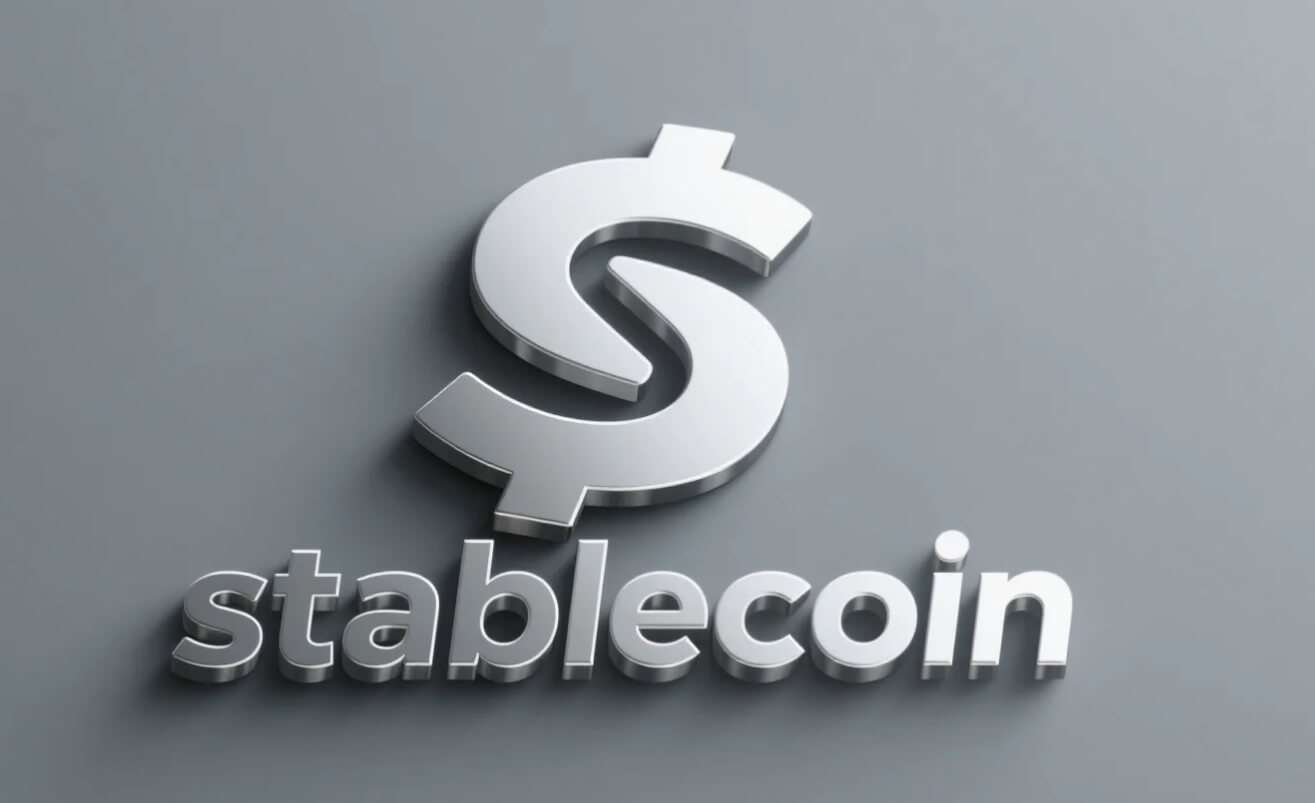JPMorgan forecasts the stablecoin market will reach $500 billion by 2028
- Gold Price Forecast: XAU/USD holds positive ground above $4,100 as Fed rate cut expectations rise
- Gold hits three-week top as dovish Fed bets offset US government reopening optimism
- Australian Dollar receives support following cautious remarks from RBA Hauser
- Top 3 Price Prediction: Bitcoin, Ethereum, Ripple – BTC, ETH, and XRP flash deeper downside risks as market selloff intensifies
- Australian Dollar declines as US Dollar gains amid nearing government shutdown end
- CoreWeave Q3 2025 Earnings Analysis: Short-Term Hypergrowth vs. Long-Term Leverage Risks—Trading Opportunity or Trap?

JPMorgan projects that the stablecoin market will only hit $500 billion by 2028, challenging several other trillion-dollar forecasts.
The bank stated there’s very little evidence of widespread adoption of the dollar-linked digital token, deeming the more bullish projections overly ambitious.
Nevertheless, the US Senate recently passed the stablecoin bill, the GENIUS Act, in a key 68-30 vote, which could lead to more regulatory clarity and, hopefully, per industry experts, draw in more investors.
JPMorgan says only 6% of stablecoin use is tied to actual payments
According to JPMorgan’s analysis, 88% of stablecoin usage is tied to trading, decentralized finance (DeFi), and crypto treasury functions.
On the other hand, only 6% of stablecoin demand stems from actual payments, which could explain the bank’s lower value projections. The limited payment use shows that the token has yet to gain meaningful traction within the broader financial system.
JPMorgan even argued that current usage patterns indicate stablecoins are far from ready to replace traditional banking services.
It commented, “The idea that stablecoins will replace traditional money for everyday use is still far from reality.”
The brokerage pointed out that the tokens still provide lower yields and involve expensive conversions to and from fiat currency, limiting their potential to serve as a mainstream alternative to traditional money.
That aside, the bank estimates the stablecoin market to be worth only $250 billion at the moment. Though it maintains a conservative forecast for the token, Standard Chartered believes its market size could balloon to over $2 trillion by 2028.
The bank argued that new regulatory developments like the approval of the GENIUS Act could drive a tenfold increase in stablecoin supply over the next few years. It also claimed that regulations would encourage stablecoin adoption.
Stablecoin adoption is struggling against government initiatives to develop CBDCs
Just last month, the head of China’s central bank, Pan Gongsheng, vowed to boost the global use of the digital yuan (e-CNY). The Ant Group, an affiliate of e-commerce giant Alibaba, also revealed plans to seek a stablecoin issuance license in Hong Kong via its overseas division, Ant International, which runs the Alipay mobile payment app.
However, according to JPMorgan, neither the expansion of e-CNY nor the success of Alipay and WeChat Pay represent templates for stablecoin expansion in the future.
March 2025 saw the Bank of Israel release an extensive draft blueprint of its forthcoming CBDC, the digital shekel. The white paper emphasizes multi-scenario digital currency to improve payment efficiency, promote fintech innovation, and enter the future competition of the financial system. Features include support for off-chain payments and programmable logic for smart contracts. To speed up development, the central bank initiated the “Digital Shekel Challenge” —a challenge inviting technical proposals from the fintech space. Nevertheless, Israel is still reluctant to fully deploy and wants to see how Europe approaches its own CBDC rollout.
Meanwhile, the European Central Bank (ECB) continues to progress with its digital euro project. It has published detailed plans covering system architecture, privacy protections, interoperability, and cross-border usability. Unlike China’s top-down model, the ECB emphasizes user autonomy, allowing online and offline use while safeguarding privacy.
The ECB concluded its investigation phase in October 2023 and is now in the preparation phase, focusing on building technical infrastructure and regulatory frameworks. Intermediaries will be required to collect minimal user data to comply with anti-money laundering regulations.
Russia’s central bank is also pursuing a CBDC rollout. On June 25, the bank announced that banks with retail clients with over ₽120 million, equivalent to about $1.5 million in annual revenue, will be required to accept digital ruble payments. By September 1, 2027, the rule will extend to all other banks with universal licenses and their clients receiving more than ₽30 million a year, about $378,328.
By 2028, the bank should have finished the launch. Countries such as the Bahamas (Sand Dollar), Jamaica (Jam-Dex), and Nigeria (eNaira) have fully launched their central bank digital currencies.
Read more
* The content presented above, whether from a third party or not, is considered as general advice only. This article should not be construed as containing investment advice, investment recommendations, an offer of or solicitation for any transactions in financial instruments.

